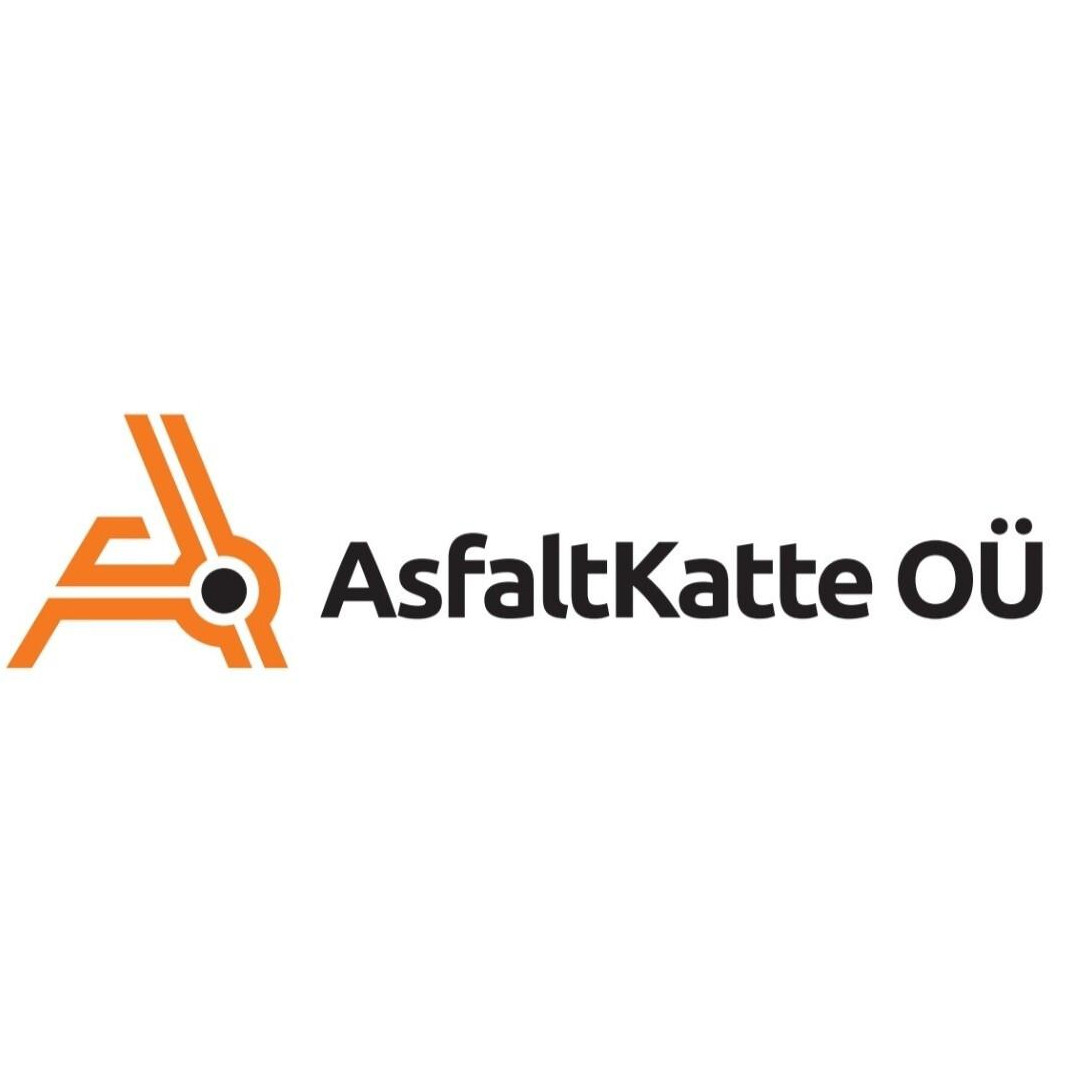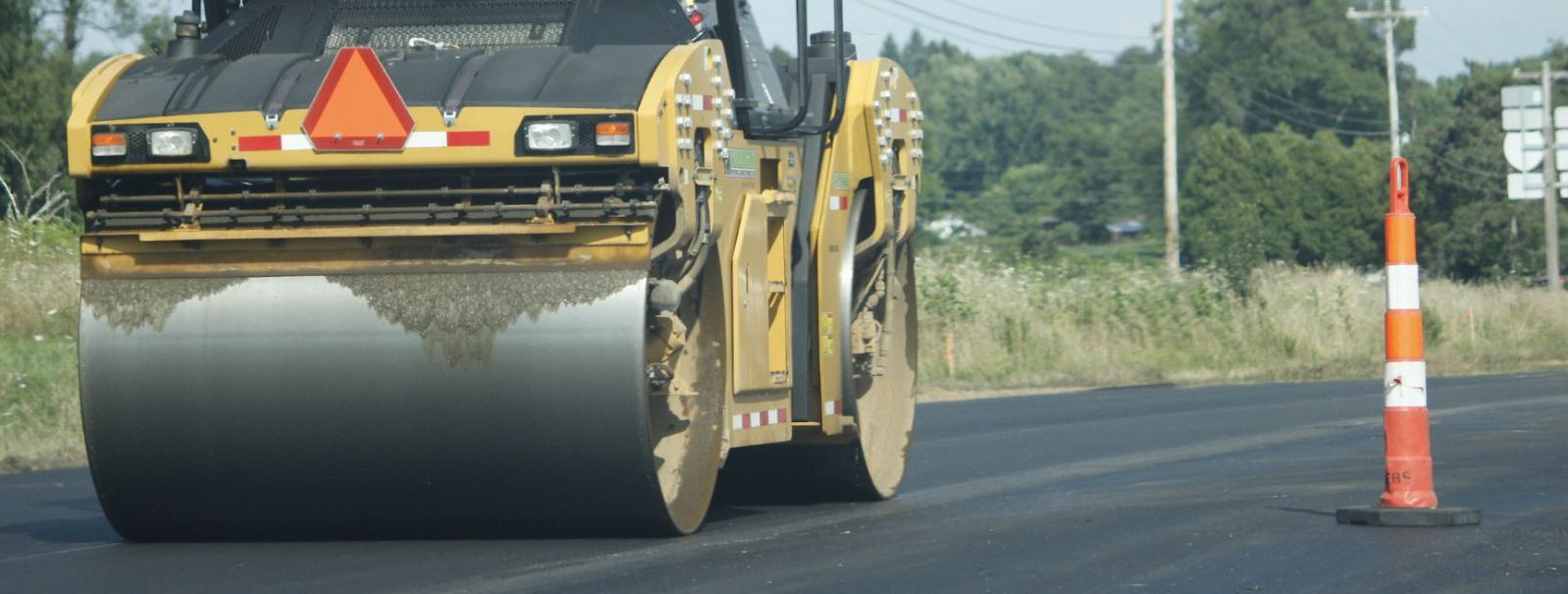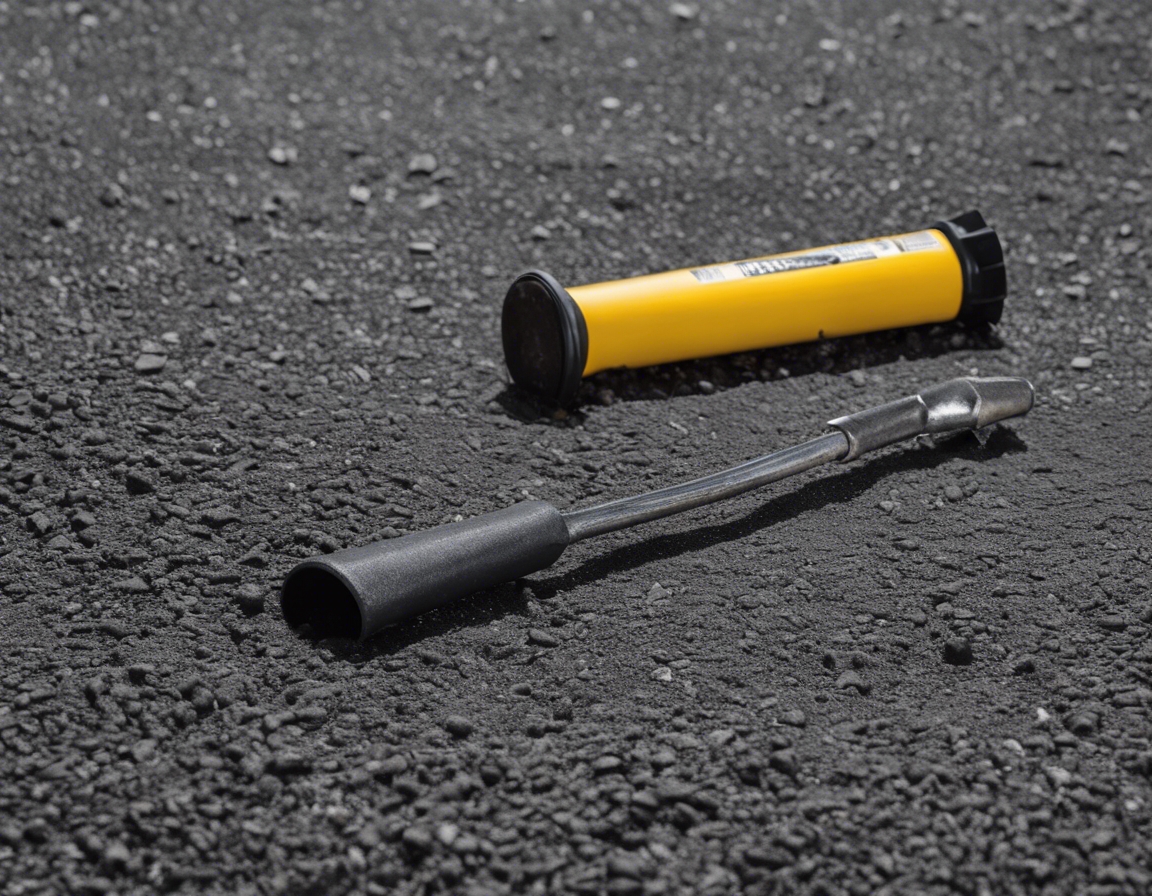The future of road infrastructure in estonia
Estonia's road network is a critical component of its national infrastructure, supporting economic activity and connecting communities. With a strategic location in the Baltic region, Estonia's roads serve not only local traffic but also international trade routes. However, as with many countries, Estonia faces the challenge of updating and maintaining its roadways to meet modern demands.
As Estonia looks to the future, it must address issues such as aging infrastructure, increasing traffic volumes, and the need for integration with smart technology. The impact of climate change also presents new challenges, requiring roads to be more resilient to extreme weather conditions.
Technological Advancements in Road Construction
The integration of smart technology and the Internet of Things (IoT) into road infrastructure is set to revolutionize how roads are monitored and managed. Sensors embedded in the road surface can collect data on traffic, weather conditions, and road wear. This data can be used to optimize traffic flow, schedule maintenance, and improve safety.
In the pursuit of sustainability, Estonia is exploring the use of green materials in road construction. These materials, such as recycled asphalt and bio-based components, not only reduce the environmental impact but also offer long-term cost savings.
Automation and machine learning are making road construction more efficient and precise. Automated machinery can work around the clock, reducing construction times and costs. Machine learning algorithms can predict maintenance needs, minimizing disruptions and extending the lifespan of road infrastructure.
Policy and Planning for Future Road Infrastructure
The Estonian government is actively investing in road infrastructure, with initiatives aimed at modernization and expansion. Funding is being allocated to projects that incorporate innovative technologies and sustainable practices.
Urban planning in Estonia is increasingly focused on smart city concepts, which integrate digital technology into the urban environment. This includes the development of road infrastructure that supports electric vehicles and connects seamlessly with other modes of transportation.
Public-private partnerships are becoming a key component of road infrastructure development in Estonia. These partnerships leverage private sector expertise and funding to deliver high-quality road projects more efficiently.
Adapting to Climate Change
Designing road infrastructure that can withstand the effects of climate change is a priority for Estonia. This includes using materials and construction techniques that are durable and adaptable to changing weather patterns.
Maintenance strategies are being adapted to be more proactive and responsive to the impacts of climate change. This includes regular monitoring and the use of predictive analytics to prevent damage and ensure road safety.
Enhancing Road Safety and Efficiency
Advanced traffic management systems are being implemented to enhance road safety and efficiency. These systems use real-time data to manage traffic flow and reduce congestion.
Estonia is preparing for the future of transportation by developing infrastructure that can support autonomous vehicles. This includes updating road markings, signage, and communication networks.
Improving the connectivity and accessibility of Estonia's road network is essential for economic growth and community well-being. This involves expanding the road network, reducing bottlenecks, and ensuring that all regions are well-connected.






Comments (0)